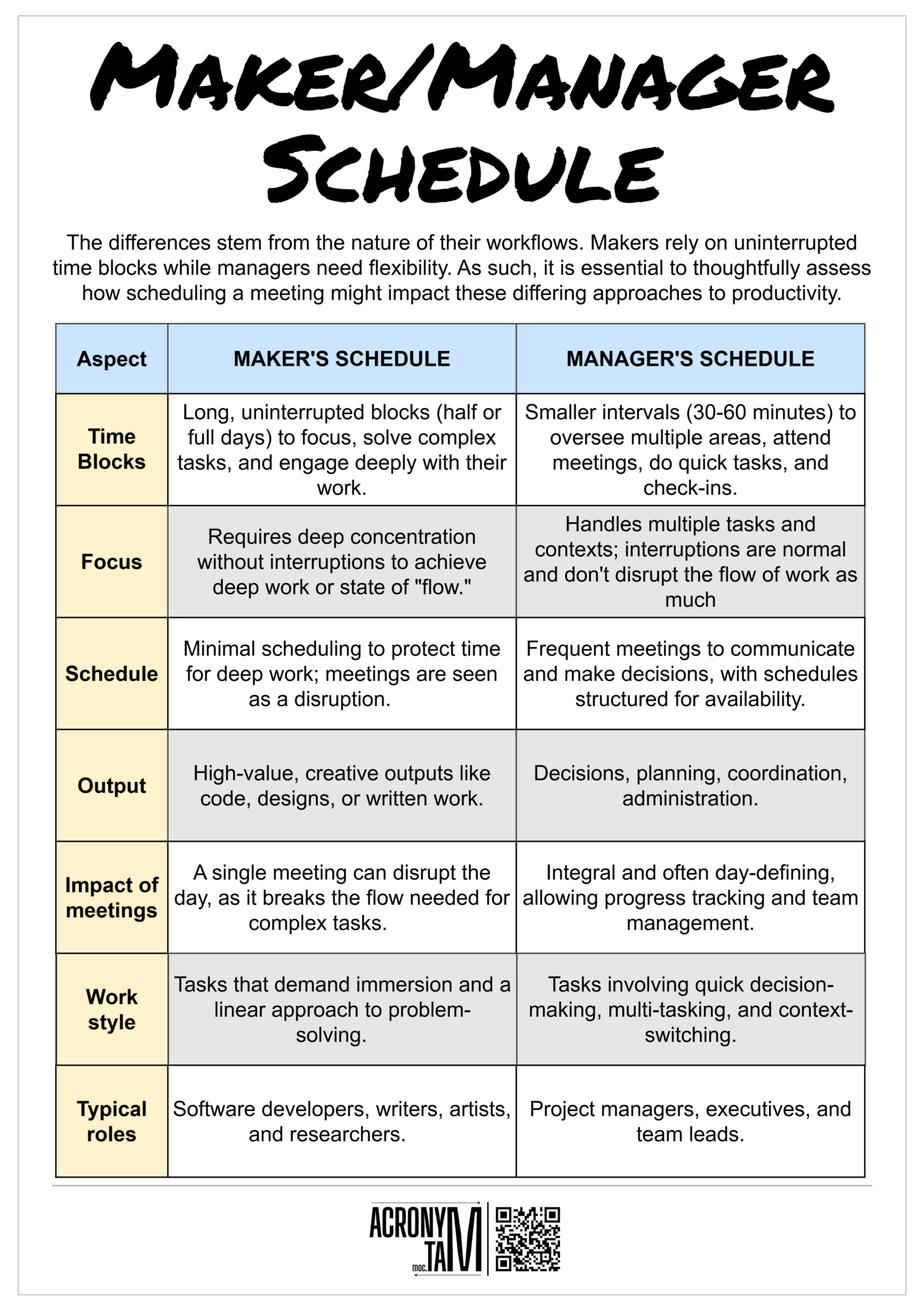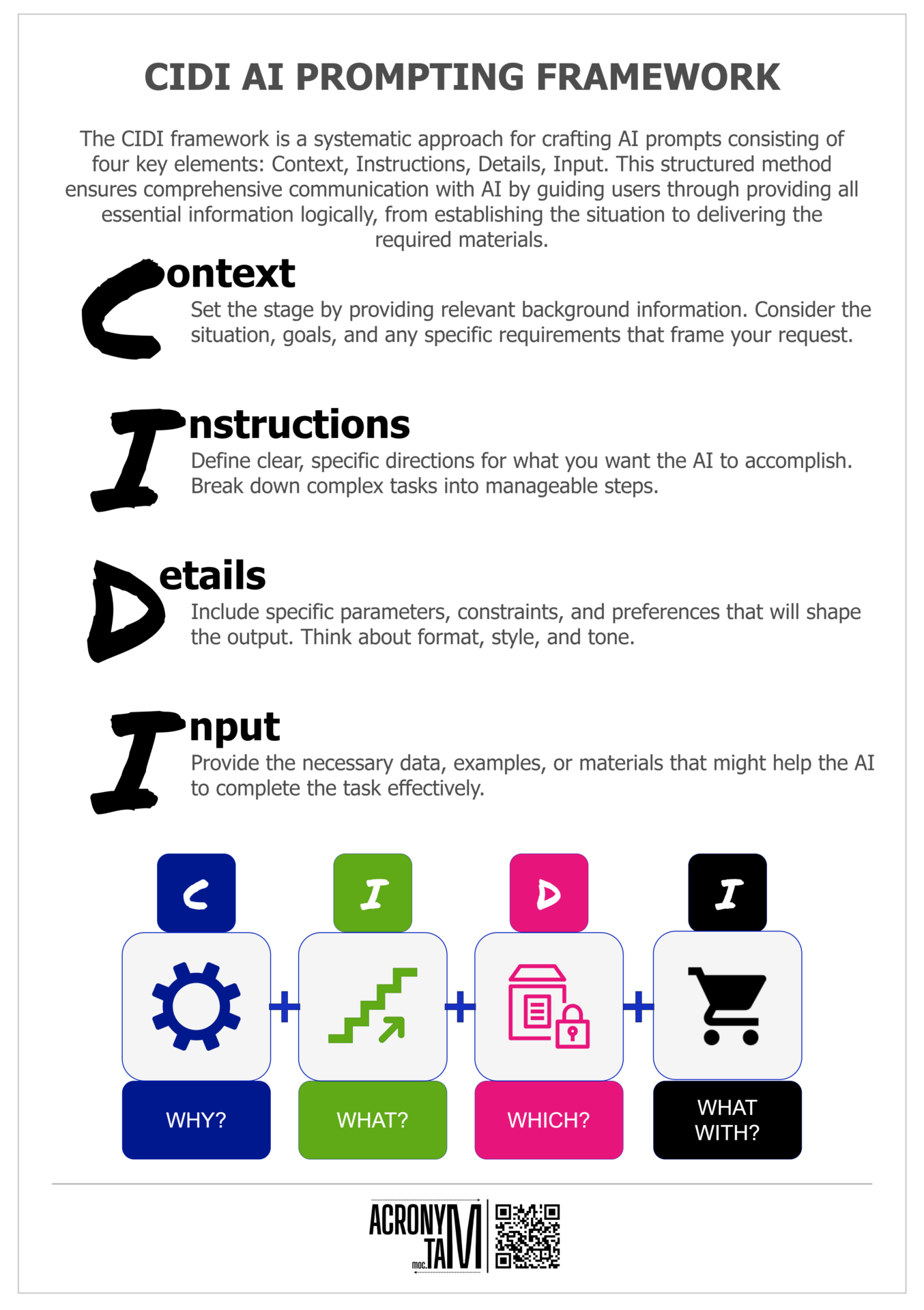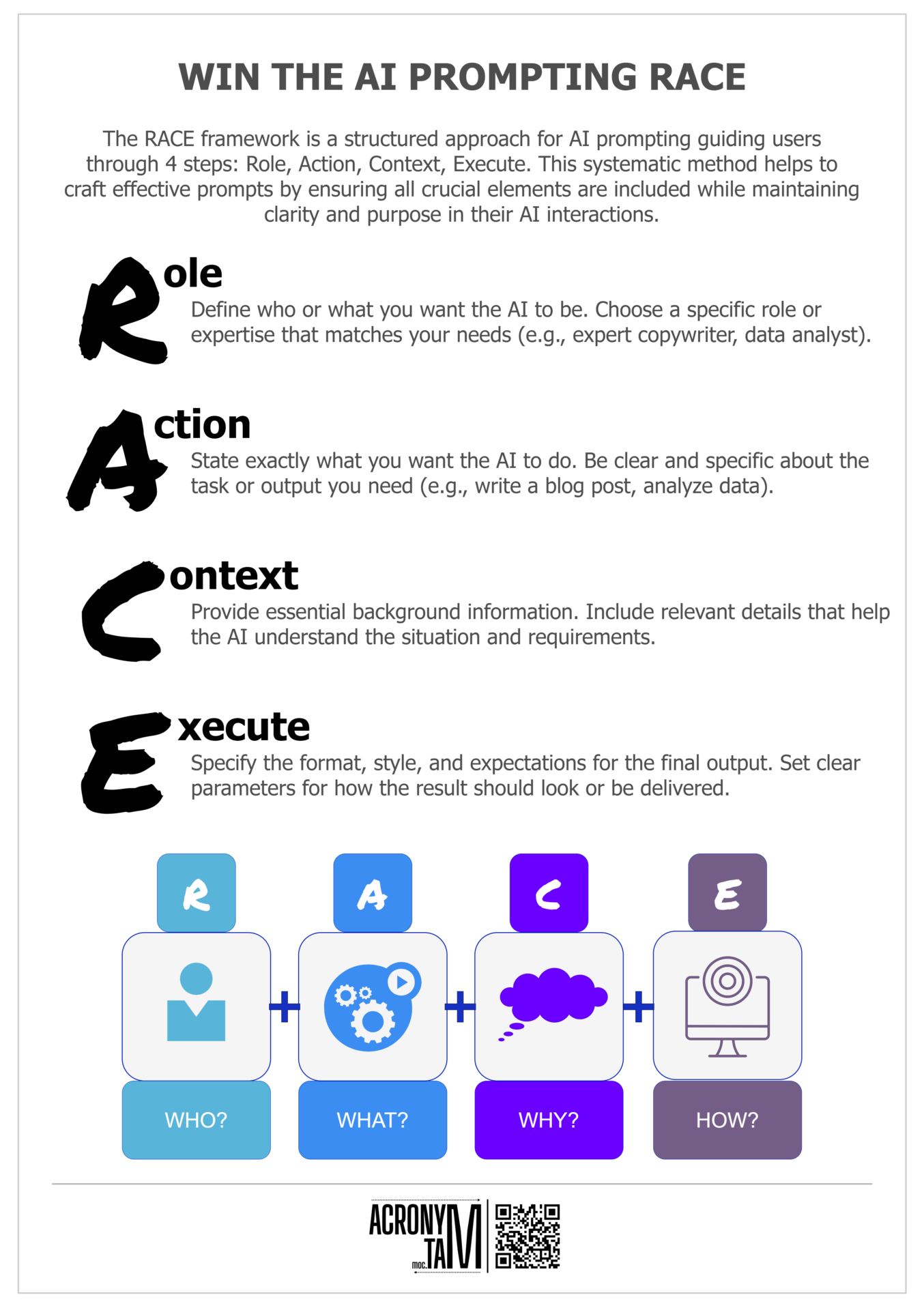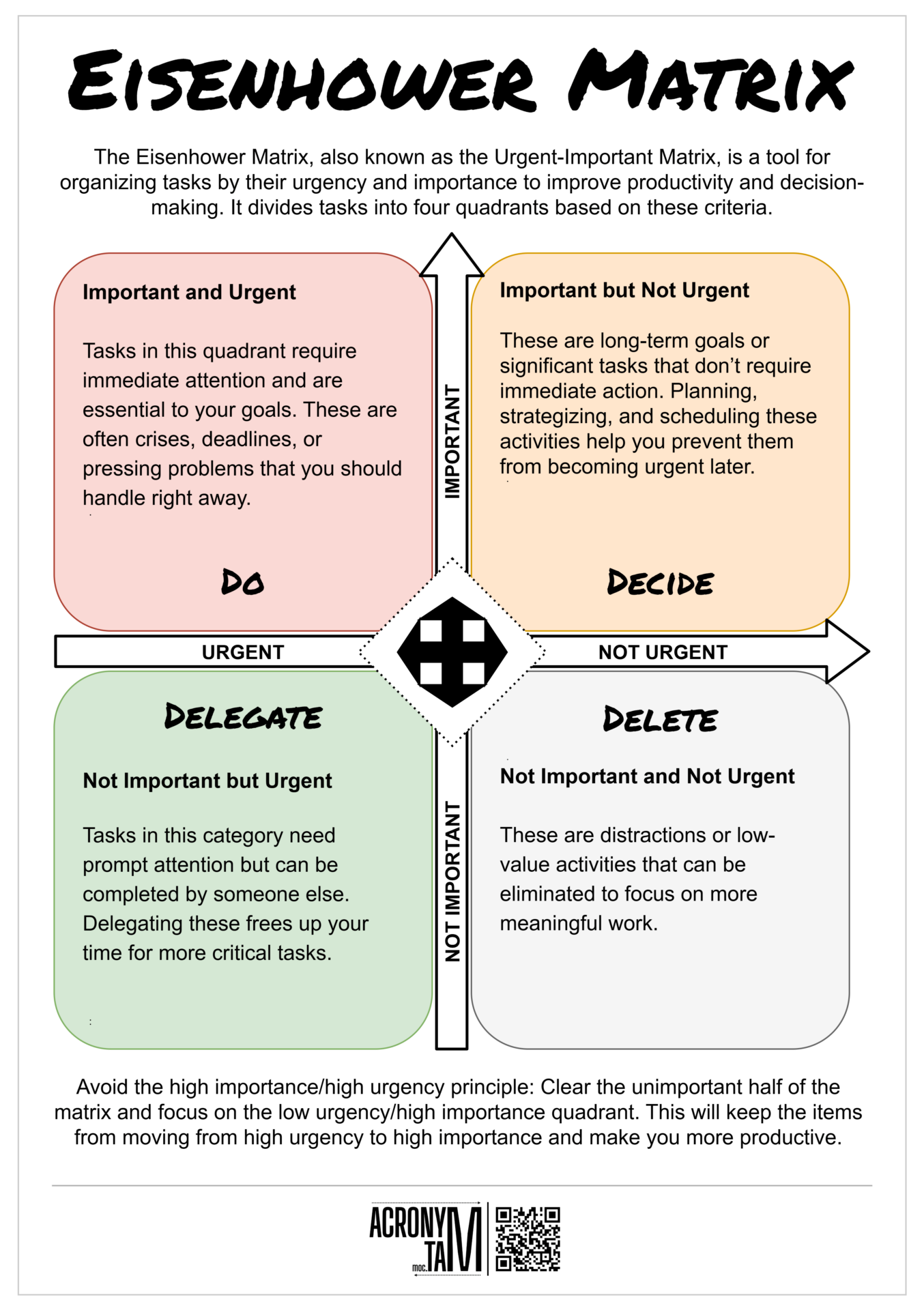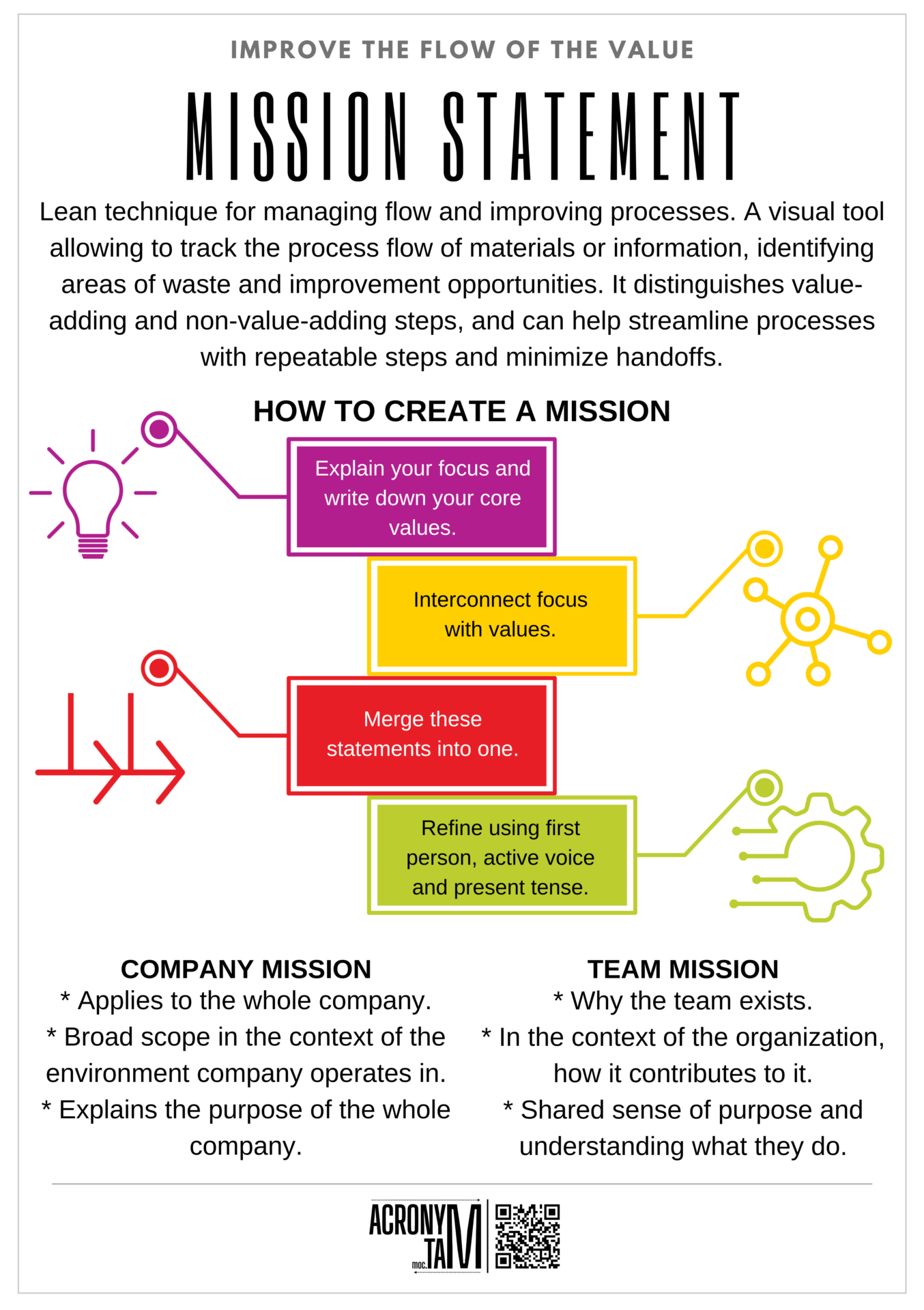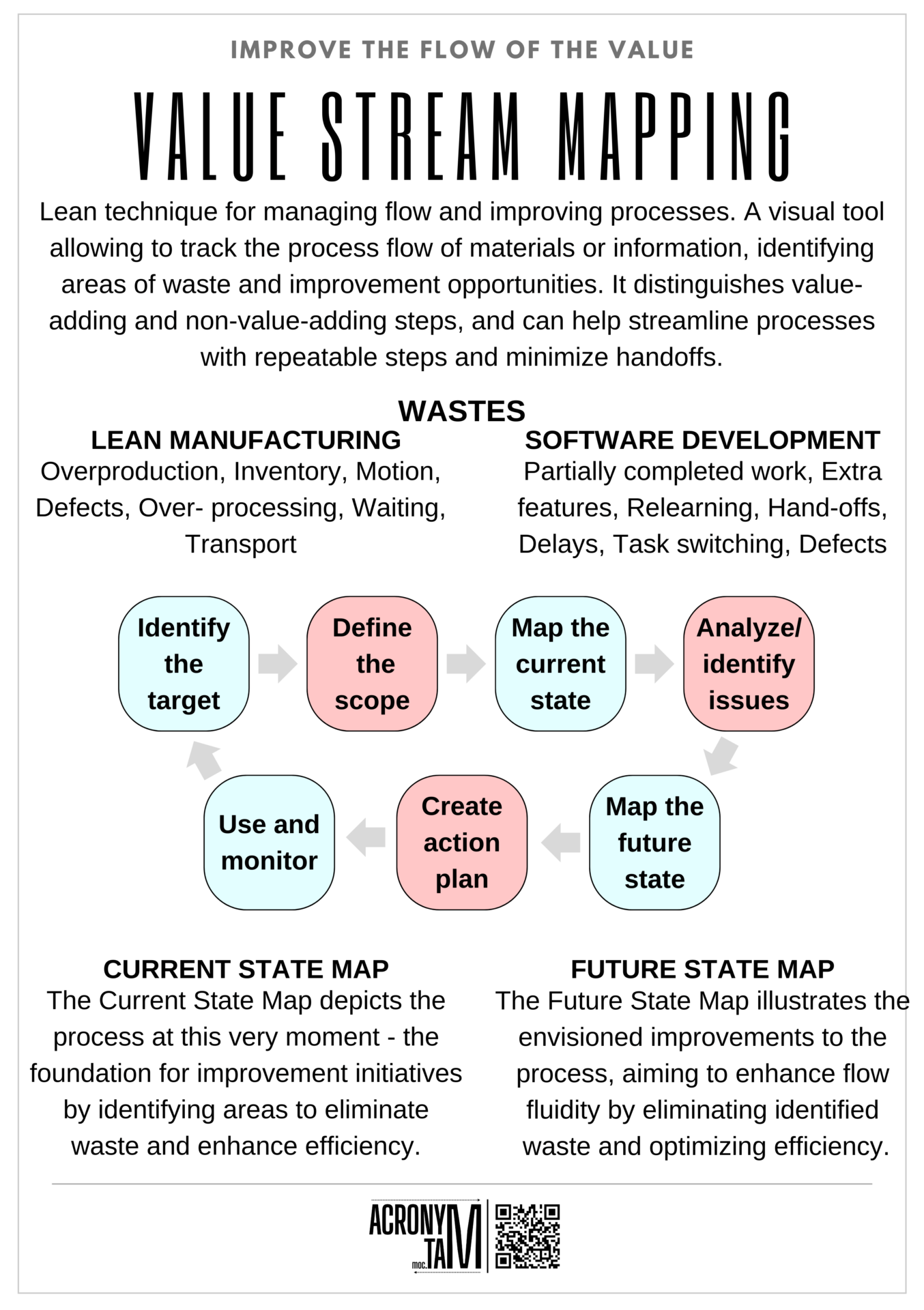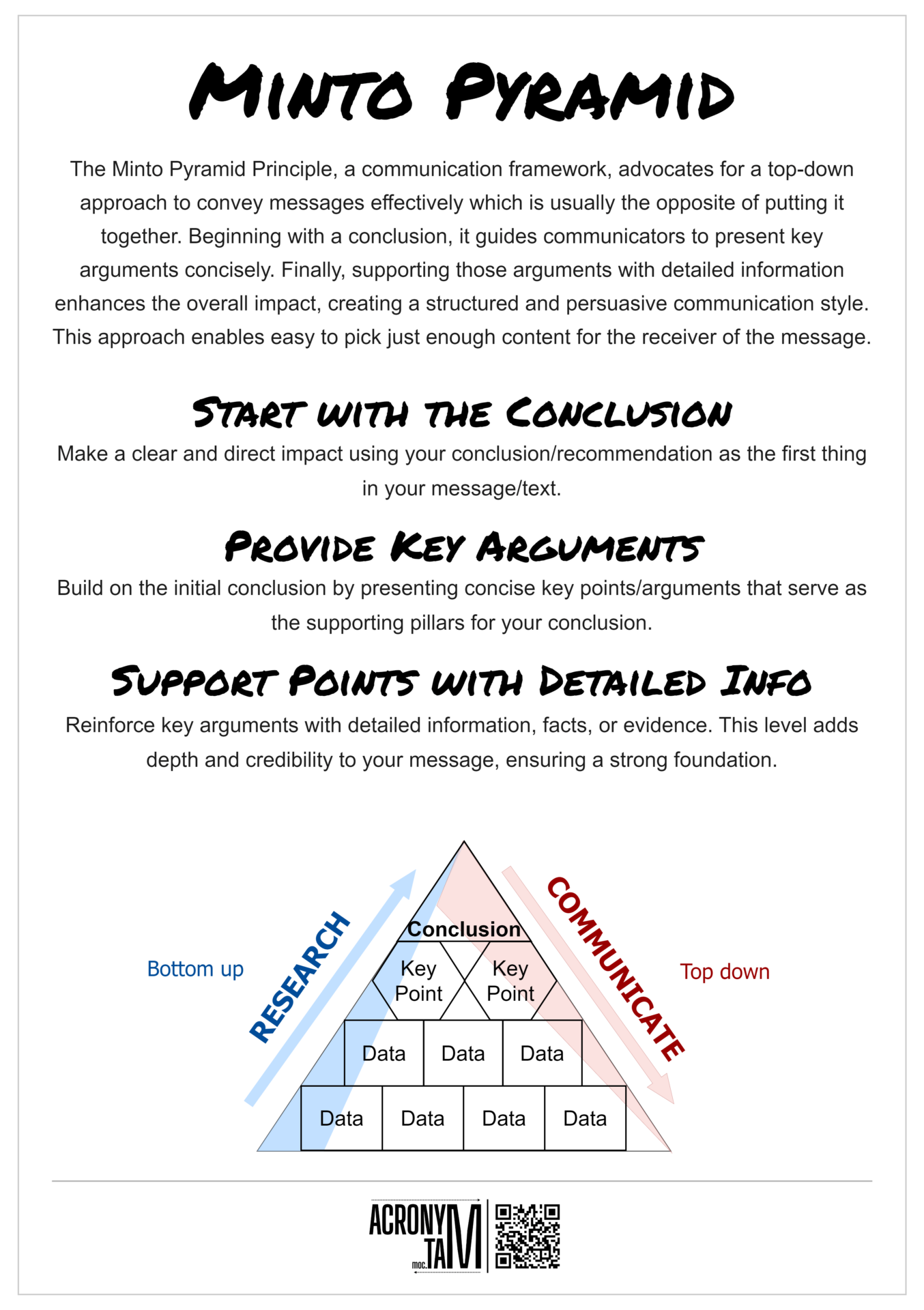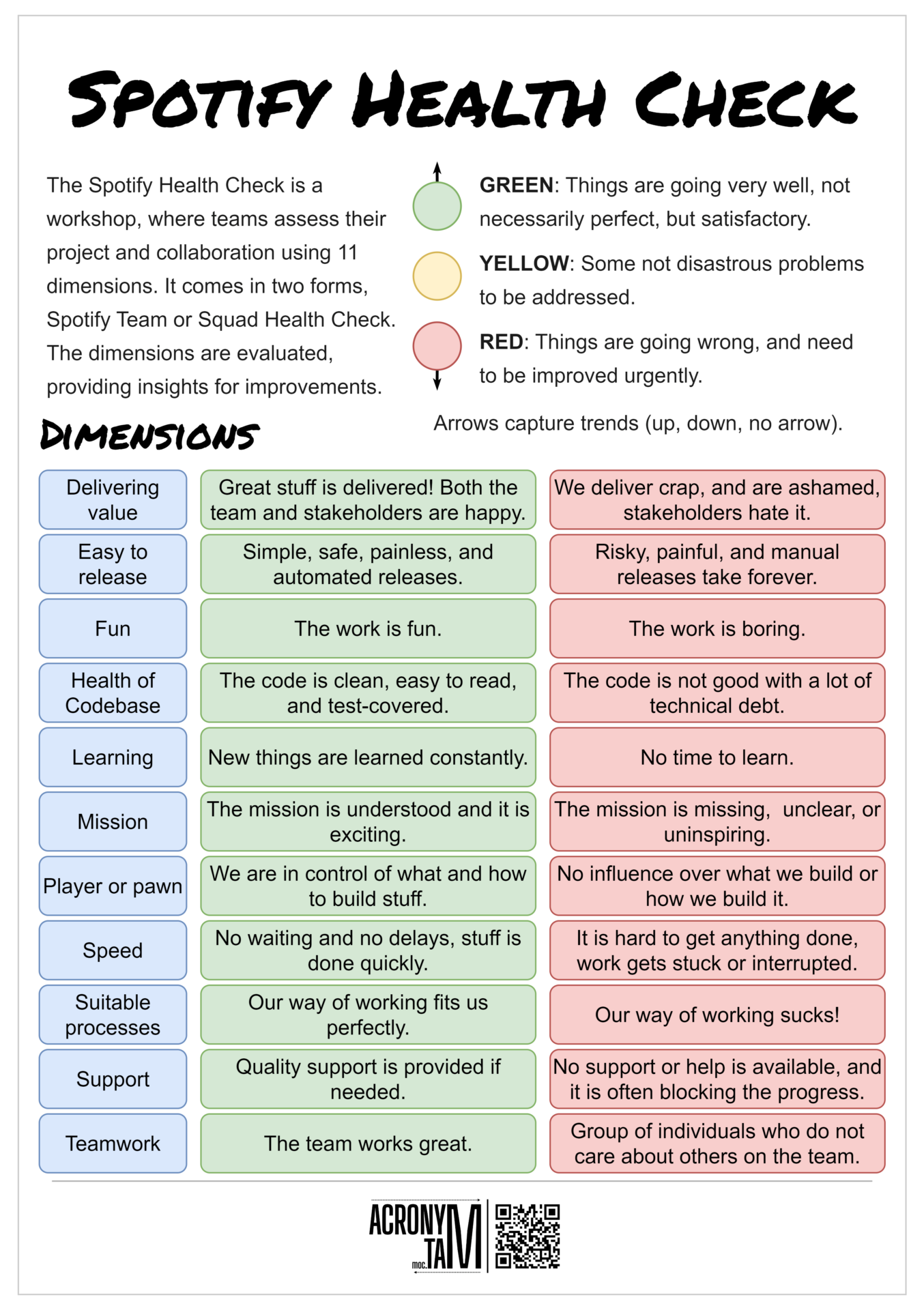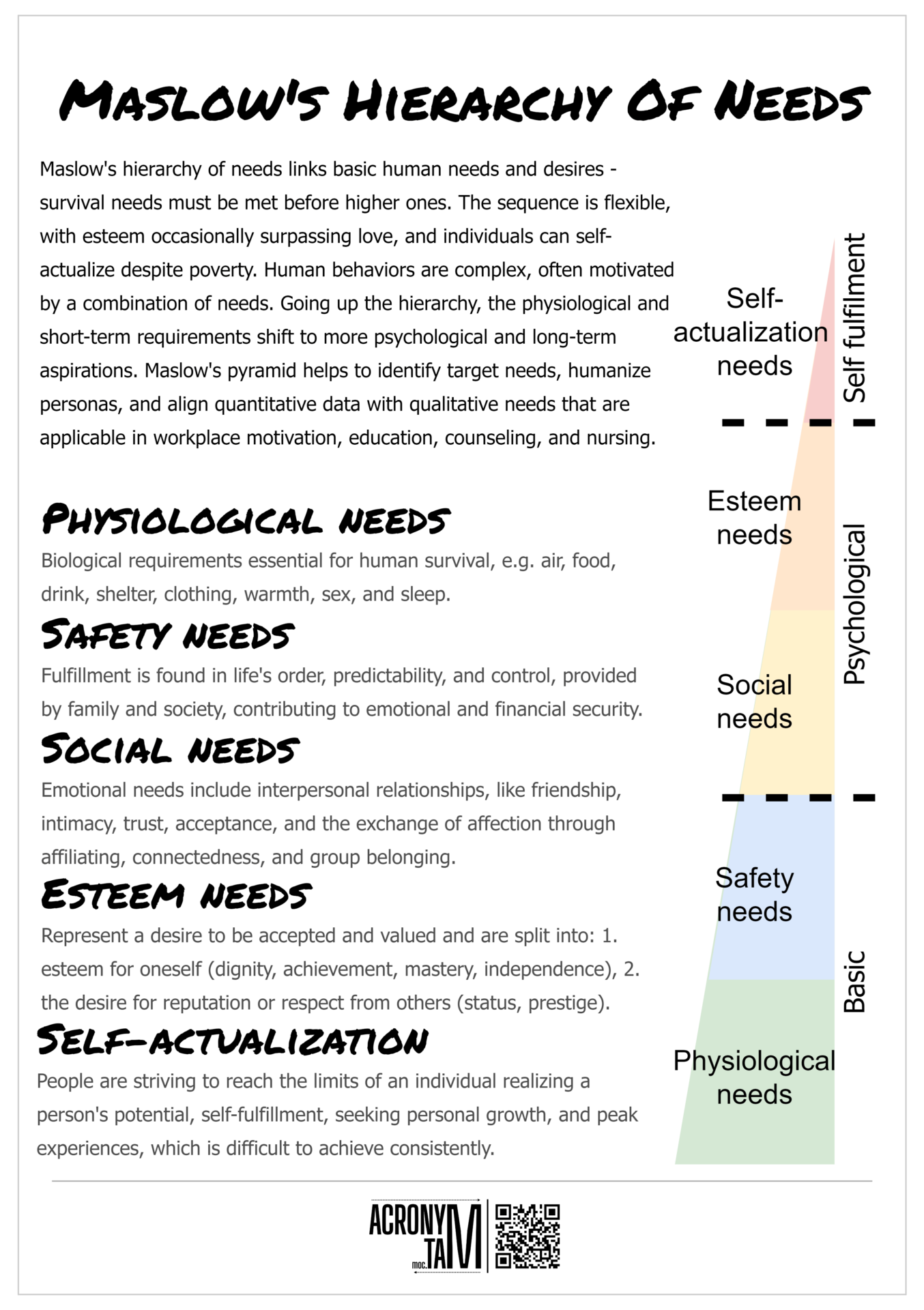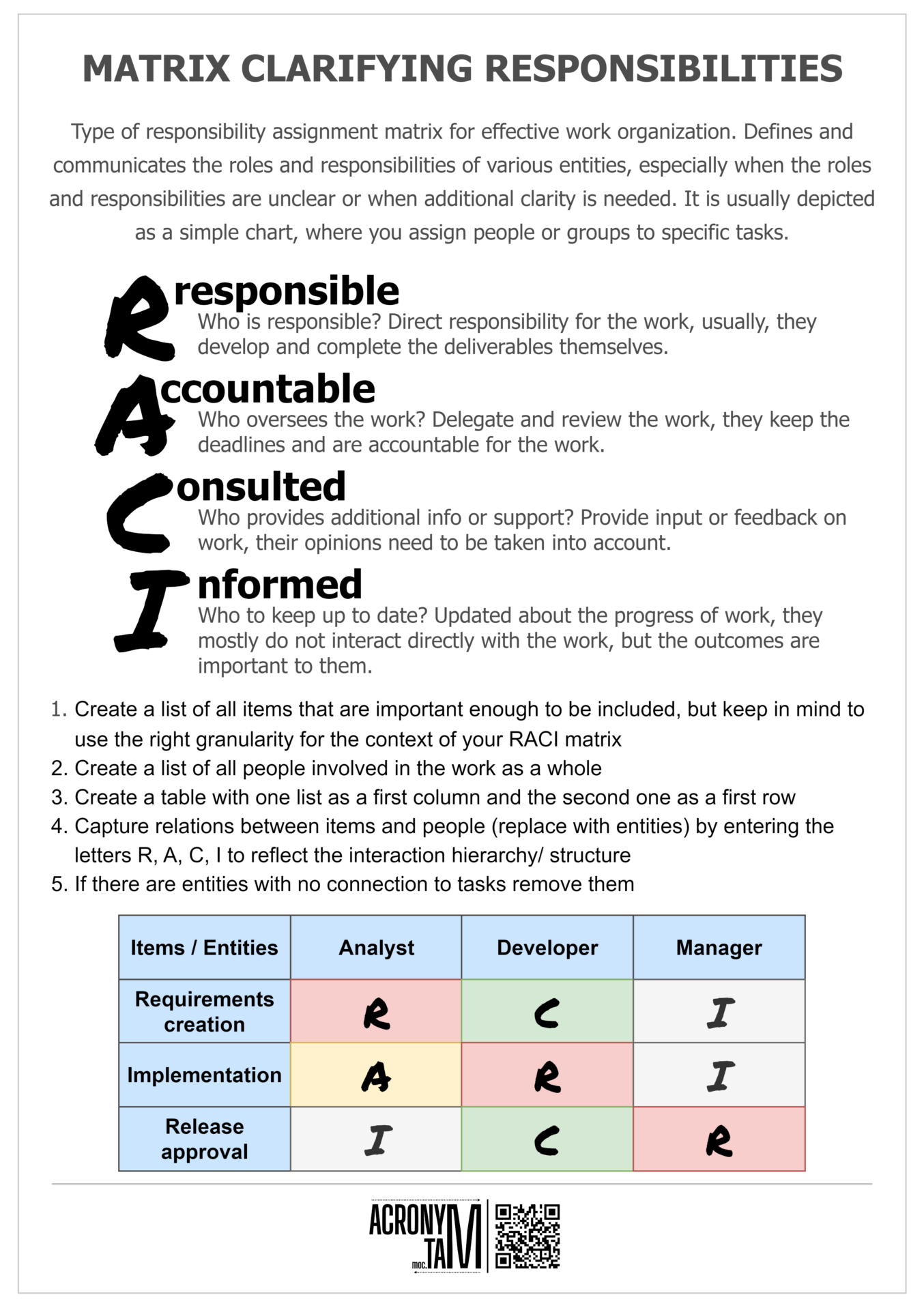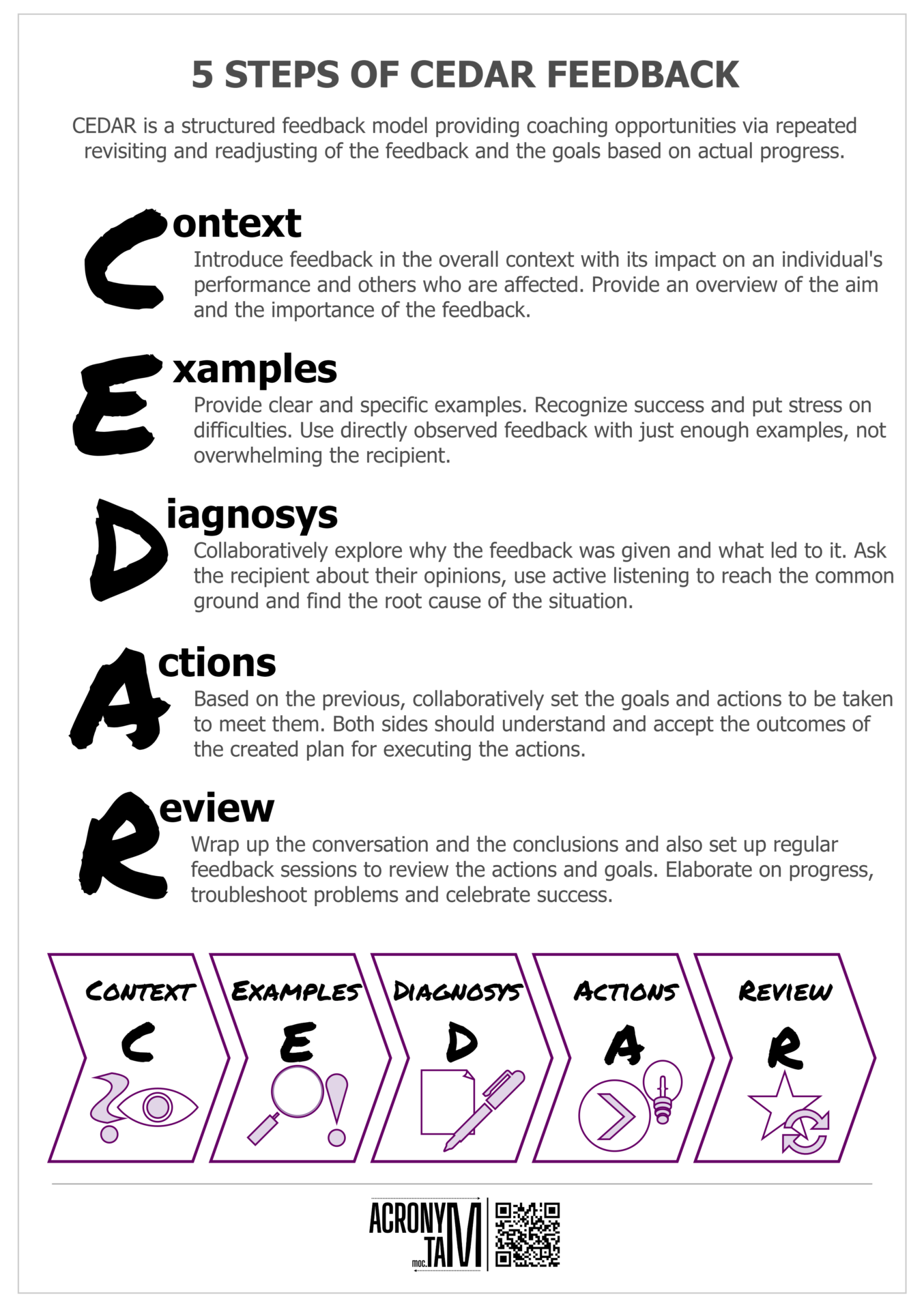Maker’s vs Manager’s schedule
The differences between a maker’s and a manager’s schedules stem from their respective workflows’ distinct nature. Makers rely on uninterrupted time blocks to tackle complex, creative problems requiring deep focus and sustained attention. Managers need flexibility to oversee multiple responsibilities, make decisions, and collaborate effectively across teams. As such, it is essential to thoughtfully assess...
Read more
Article
The differences between a maker’s and a manager’s schedules stem from their respective workflows’ distinct nature. Makers rely on uninterrupted time blocks to tackle complex, creative problems requiring deep focus and sustained attention. Managers need flexibility to oversee multiple responsibilities, make decisions, and collaborate effectively across teams. As such, it is essential to thoughtfully assess how scheduling a meeting might impact these differing approaches to productivity.
Schedule aspects
| Aspect | Maker’s Schedule | Manager’s Schedule |
|---|---|---|
| Time Blocks | Long, uninterrupted blocks (typically half or full days) are necessary to focus on complex tasks such as writing or coding. Makers thrive on having extended time to engage deeply with their work. | Divided into smaller intervals (e.g., 30-60 minutes) to accommodate meetings, quick tasks, and check-ins, allowing managers to oversee multiple areas. |
| Focus Requirement | Requires deep concentration without interruptions. Creative processes need a significant period to achieve “flow.” | Handles multiple tasks and contexts; interruptions are normal and don’t disrupt the flow of work as much. |
| Scheduling Approach | Prefers minimal scheduling to protect time for deep work; meetings are seen as a disruption. | Requires frequent meetings for communication and decision-making, with schedules structured around availability. |
| Output | Delivers high-value, creative outputs like code, designs, or written work, which benefit from extended focus. | Produces decisions, manages resources, and ensures project coordination, which benefit from frequent touchpoints. |
| Impact of Meetings | Even a single meeting can disrupt the day, as it breaks the flow needed for complex tasks. | Meetings are integral and often define the structure of the day, allowing for progress tracking and team management. |
| Preferred Work Style | Best suited for tasks that demand immersion and a linear approach to problem-solving. | Suited to tasks involving quick decision-making, multi-tasking, and context-switching. |
| Typical Roles | Examples include software developers, writers, artists, and researchers, who need to protect their deep work time. | Roles such as project managers, executives, and team leads, who need to oversee and coordinate various functions and people. |

